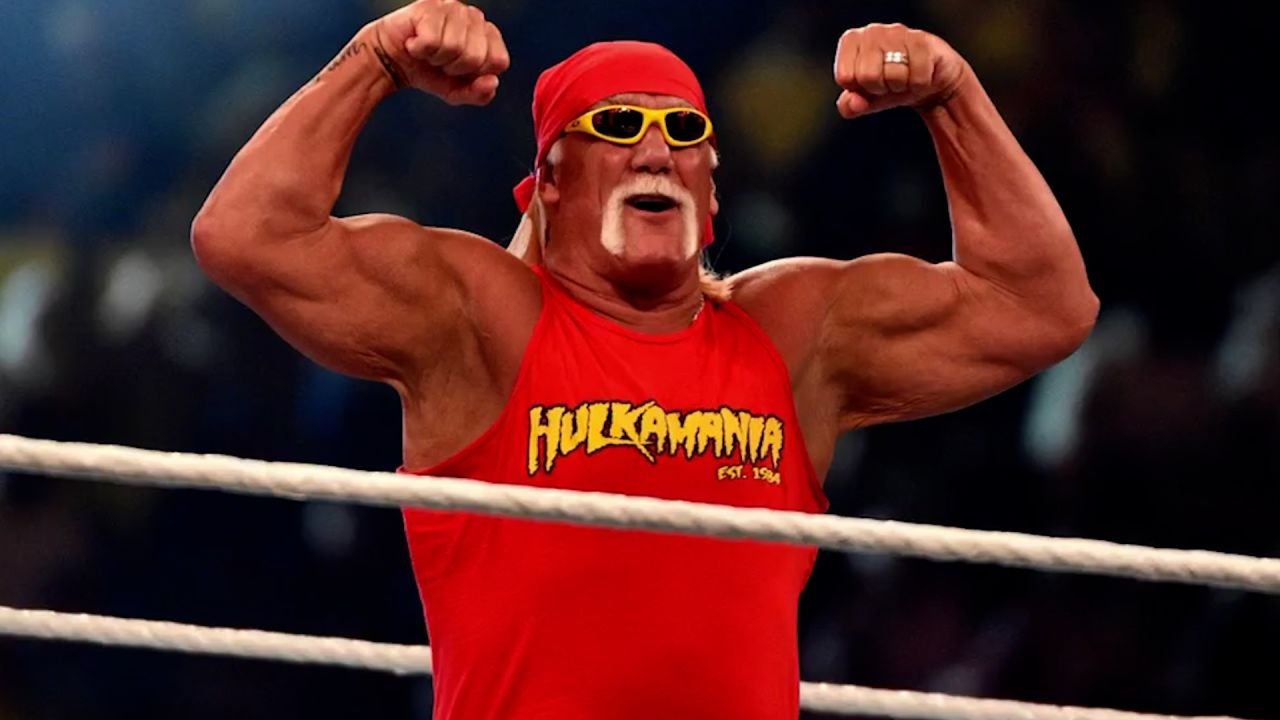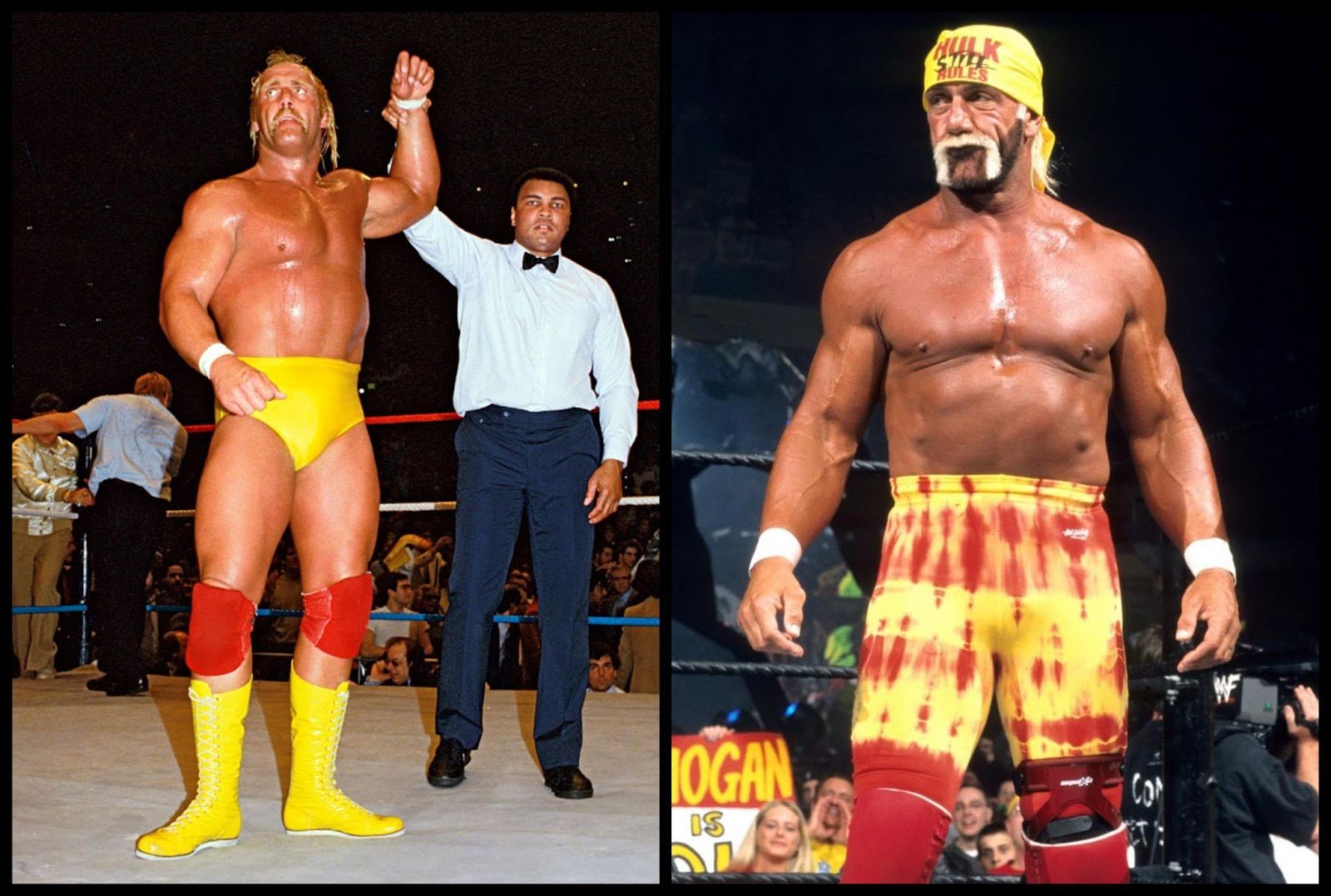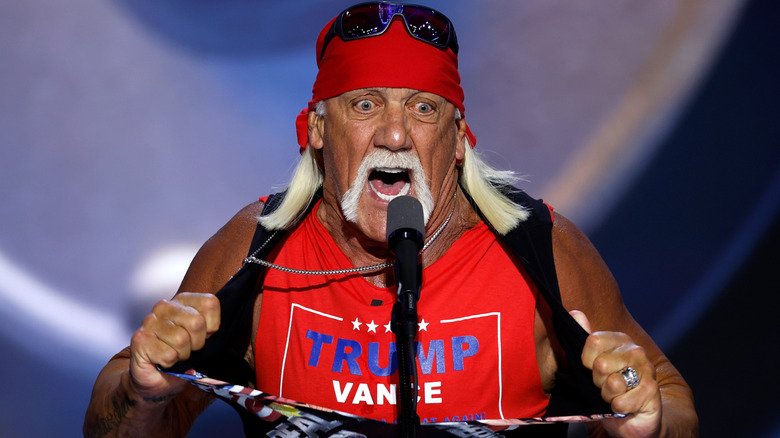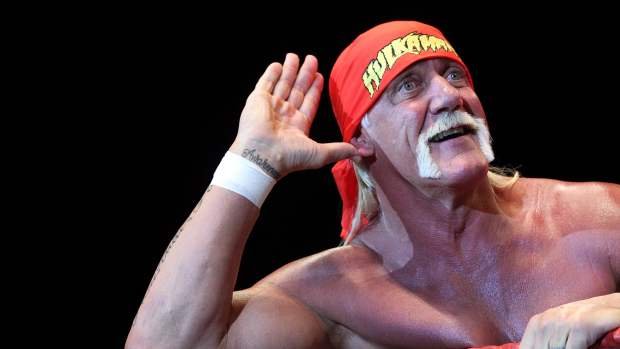
You didn’t have to be a wrestling fan to know who Hulk Hogan was. If you grew up anytime in the ’80s or ’90s, chances are you saw him — maybe tearing off that red and yellow shirt, flexing for the cameras, or growling one of his classic lines like “Whatcha gonna do, brother?!”
For a long time, Hogan wasn’t just a wrestler. He was the wrestler. The face of a whole era. But now, as he fades from the spotlight for good, it feels like the end of something bigger than just a career. It’s the end of a pop culture chapter.
From Muscle to Movement: The Birth of Hulkamania
Before the fame, before the catchphrases, he was Terry Bollea — a Florida kid with big arms and bigger dreams. When the WWF (now WWE) gave him the platform, he ran with it. Or rather, body-slammed it.
People didn’t just watch Hogan; they believed in him. He told kids to train, say their prayers, eat their vitamins — and millions actually listened. There was something simple, even wholesome, about his character. He looked like a superhero and talked like your overexcited uncle at a barbecue.
WrestleMania wouldn’t be what it is without him. The moment he lifted André the Giant in ’87? That wasn’t just a wrestling moment — that was a moment, period.

The Good, the Bad, and the nWo
It wasn’t all sunshine and finger-pointing promos, though. When Hogan left for WCW in the mid-’90s, he turned heel — a full-blown villain — and it shook the wrestling world. Fans hated him, loved to hate him, and some loved him even more. That’s how you know someone’s got range.
His role in founding the nWo (New World Order) helped spark a wrestling boom. The Monday Night Wars. Edgy storylines. Real competition. Hogan was part of all of it.

But Then, the Scandals
Of course, no look back at his life can ignore 2015. When private recordings leaked with Hogan using racist language, the backlash was swift — and brutal. WWE cut ties. Fans felt betrayed. Some said it ruined their childhoods.
It wasn’t just the words — it was the shock of hearing them from someone who had, for so long, been seen as a hero. Hogan apologized. Multiple times. Some forgave, some didn’t. WWE eventually brought him back, but the stain was there.
It’s part of his story now, whether we like it or not. That duality — of being both idolized and criticized — is the reality for many public figures. Especially the ones who’ve been in the spotlight for 40+ years.
Outside the Ring
Away from the cameras, Hogan’s done his share of good too. Make-A-Wish visits. Hospital fundraisers. Appearances at fan conventions, always signing one more shirt or taking one more photo. He never seemed to shy away from the people who made him famous — even when his own body was falling apart from years in the ring.
And yeah, maybe he wasn’t perfect. But he showed up. And for a lot of people, that meant something.
One Last Pose
So now, here we are. Hogan’s not actively wrestling, not doing media tours. He’s quieter, older, slower. But his shadow? It still stretches across every wrestling ring in the world.

You can see bits of him in the newer stars. The showmanship, the larger-than-life personas, the over-the-top promos — that’s all Hogan’s blueprint. Whether fans cheer or boo when they hear his name, they still react. And that’s legacy, plain and simple.
He’s no saint. But he is a legend.
Farewell, Hulkster. The ring may be empty, but your roar still echoes.


